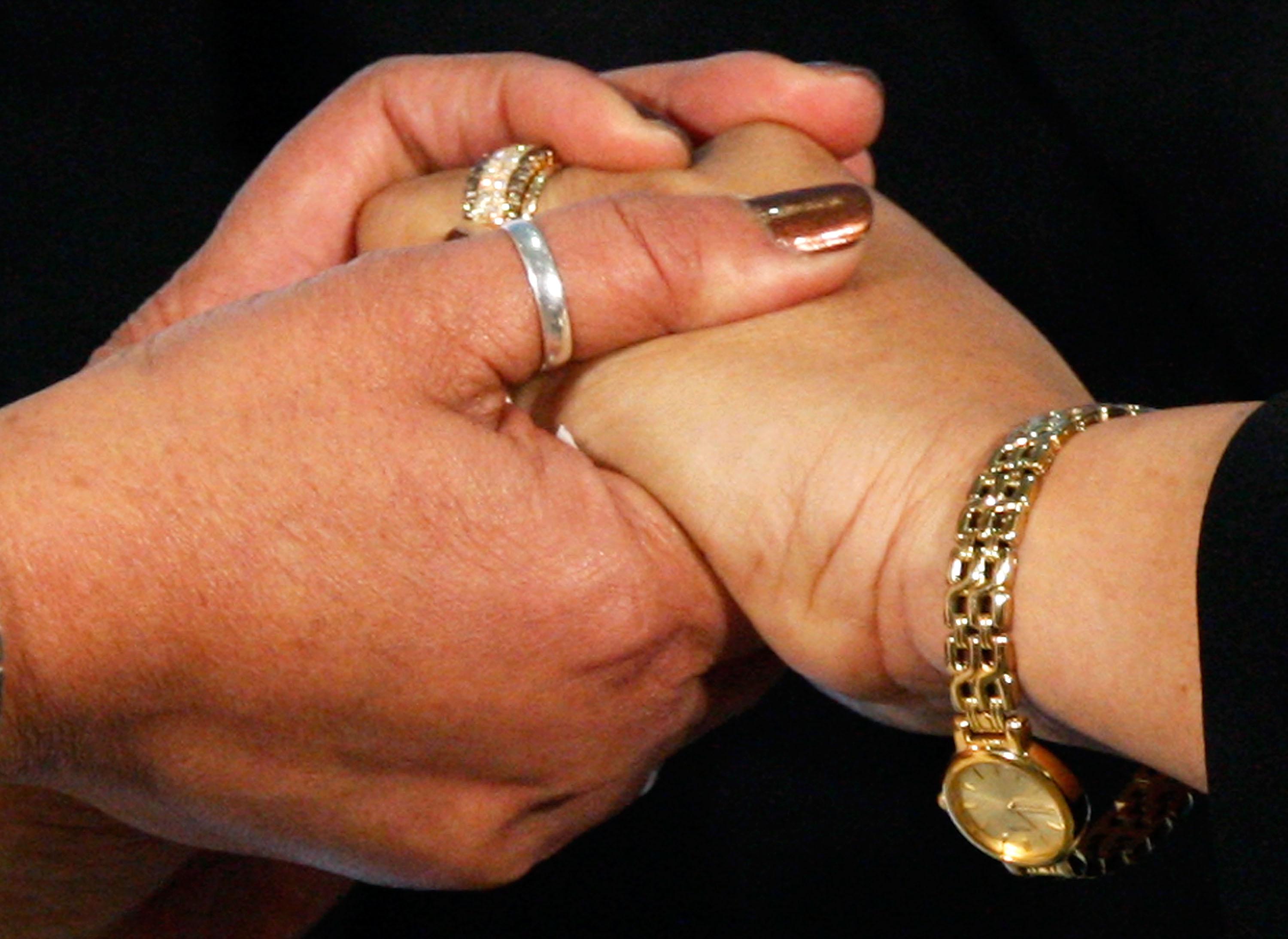The song “Same Love” by Macklemore and Ryan Lewis has been getting a lot of air time recently—even here in Germany, where I’ve been living for the past few months. I like it. It strikes a beautiful chord with one of the core messages of the gay rights movement: Gay people are who they are; they can’t change who they are; and hence discrimination against them on the basis of their in-born sexual preferences is unjustified—maybe even incoherent. I especially like the chorus: “I can’t change, even if I tried … even if I wanted to …”
That’s true, of course. Most critical readings of the scientific literature suggest that “gay conversion” therapies—and other attempts to reorient same-sex love and attraction—simply do not work. Instead, they can cause serious harms, including psychological trauma, mental breakdowns, and even suicide. They seem to be based on extremely dubious moral premises as well. Why should gay people even want to change in the first place, much less be pressured into it by a set of dim-witted, discriminatory social norms?
In other words, people who identify as gay, lesbian, bisexual, transgender, queer, or any other non-heteronormative orientation label under the sun, are (more than) fine the way they are: just as deserving of love, happiness, and sexual fulfillment as anyone else—and certainly entitled to equal protection under the laws. In fact, California and New Jersey have moved to protect gay teens by enacting bans on conversion therapy for minors. Pennsylvania may follow suit.
But what if “gay conversion” were actually possible? What if it did work?
Would arguments for “gay rights” go out the window?
I don’t mean now, of course, but in the not-too-distant future—when scientists eventually succeed in unraveling the various brain-level mysteries behind an individual’s sexual orientation. What if sexuality researchers eventually do develop the tools to alter sexual preference? For one thing, the chorus of “Same Love” would stop making sense. But what other consequences would we as a society have to face?
In an in-press paper at the American Journal of Bioethics: Neuroscience, I try to answer this question along with my colleagues Julian Savulescu and Anders Sandberg. As we explore in our paper, our understanding of the neurochemical bases of human love and attachment, as well as of the genetic, epigenetic, hormonal, and experiential factors that conspire to shape an individual’s sexual orientation, is increasing exponentially. This research raises the unsettling possibility that we may one day be equipped to modify those variables directly, allowing for the creation of “high-tech” conversion therapies or other suspect interventions. And as we argue in another in-press paper, technology that could be used to block or diminish feelings of same-sex love may already be (at least partially) available.
These conjectures have some interesting—and potentially disturbing—implications. The first is that a person’s sexual orientation (on the one hand) and their sexual identity (on the other) might need to be more carefully teased apart. In other words: Given the state of today’s technology, there can be no denying that people’s basic sexual attractions are more or less out of their control: They’re very heavily influenced by things like gene expression and hormone levels in the prenatal environment. But how you choose to self-identify on the basis of those attractions is an importantly different question. Your identity, for example, has a lot more to do with your personal values and self-understandings, with how you relate to your “in-born” sexuality on the basis of your beliefs and commitments (whatever those happen to be). And here’s the kicker. Since future technologies may make it possible for you to modify even your basic sexual attractions, this process of negotiation between your “default sexual nature” and your considered sexual values—even identity—is liable to come increasingly under your personal control over the course of the coming years. If you can change your inner-most feelings, that is, you can change who you “are” as well.
One consequence of this way of thinking is that the claim that “being gay is not a choice”—oft-repeated by those who (commendably) want to counteract anti-gay prejudice and harmful discrimination—may actually rest upon both a muddy conceptual foundation and a lack of adequate consideration of the threat* of future technologies. As we argue in our paper, therefore, arguments for “gay rights” may eventually need to be re-cast, not in terms of the immutability of orientation-labels, or even of the sexual and relational feelings themselves (as technology may shift the relevant possibilities in this regard), but rather in terms of individual rights, premised on the view that people should be free to have consensual sex with whomsoever they please—and marry whomsoever they love.
*Update, Sept. 26, 2013: An earlier version of this post had the word “power” here, which some readers interpreted as being value-neutral. But my co-authors and I are not “value-neutral” about gay conversion: We think it is harmful, based on faulty and misguided assumptions, and should be banned in the case of minors. Instead, we believe that arguments for gay rights are so important that they should be grounded in permanent and unshakable moral principles, not contingent, and potentially changeable, facts. Thus, even if sexual preferences become subject to some degree of control in the future, this would not make it OK to discriminate against sexual minorities.
